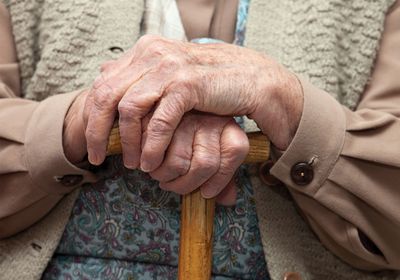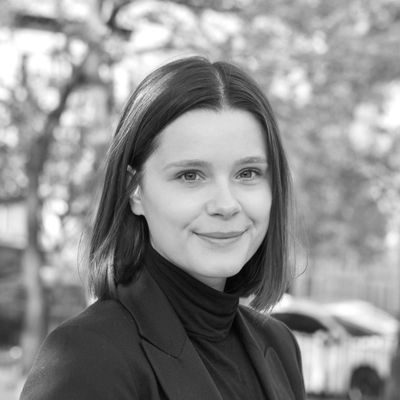ABOVE: A new epigenetic clock could help validate the age of extremely old people, but is it ethical? © istock.com, Ferenc Cegledi
Supercentenarians, or people older than 110, are few and far between, and as a result, they are intensely studied by scientists who hope to find the secrets to a long life. However, the majority of supercentenarian age claims are false.1 Now, a research team led by biogerontologist Steve Horvath at the University of California, Los Angeles has developed the world’s first centenarian epigenetic clocks as a biological test for extreme old age.
The story of Jeanne Calment inspired the project. After her death in 1997, some questioned her verified world record age of 122.2 “I can measure age very accurately,” said Horvath, one of the inventors of epigenetic clocks. “So, I said I will go all out and build a new clock that is tailor-made for validating age claims.” The work was published in GeroScience.3
These clocks work by measuring epigenetic markers acquired with age, specifically methylated cytosines that are followed by guanines (CpG sites) along a DNA strand. This time, Horvath and his team used blood samples from more than 7000 people from around the world, including from 184 centenarians (people older than 100), 122 semicentenarians (people older than 105) and 25 supercentenarians, and measured more than 800,000 CpG sites in the samples. They then focused on 33,000 of those sites that either correlated strongly or not at all with age and fed them into different machine learning algorithms to make models, or clocks, that predict people’s ages based on their DNA methylation patterns.
The resulting predicted ages yielded consistently higher correlation coefficients and smaller median errors when plotted against chronological age than those estimated by three other epigenetic clocks. “It’s a great improvement of how we can try to estimate the methylation age of centenarians because most clocks that have been developed have focused on younger people,” said epigeneticist Alexandre How-Kit from the Fondation Jean Dausset-CEPH in France, who was not involved with the paper. A young sample population can skew the age estimation for older people, and “centenarians always seem to be younger than they actually are,” he said.
This effect is still evident in the new clocks, and Horvath hopes that with a future larger sample size of supercentenarians, he will be able to improve the clocks. For the case of someone like Jeanne Calment, however, they would be up to the task. The suspicion that originally arose was that she died long ago and was then impersonated by her daughter, who would have been 20-30 years younger.2 “There is no question; these clocks can accomplish that [distinction],” Horvath said.
A test would technically be possible because a sample of Calment’s blood remains at How-Kit’s institution where she previously participated in a longevity study. However, its scientific director, Jean-François Deleuze, is not about to hand over the sample. The researchers who originally verified Calment’s age maintain that suspicions against her amount to an unjustified conspiracy theory,4 and Deleuze said that it would be unethical to single her out. “We cannot get informed consent,” he said. Any future work on her sample would need to maintain her anonymity.
In fact, anonymity will be a general problem with this new technology, said epidemiologist Thomas Perls, who leads the New England Centenarian Study at Boston University and who was not involved with the work. Supercentenarians are extremely rare, which means that any confirmation of their age is likely to identify the individual from their sample alone. “We absolutely cannot have people attempting to determine the exact age of those individuals,” he said.
Perls also struggles to see the fundamental need for Horvath’s new clock. Despite his own work showing that 99% of claims of ages above 115 years are false,1 he said that age validation from documents is well established. “I just don’t agree at all with what they see as a need, or the idea that we can’t prove age,” he said.
As it stands, Calment retains the title as the longest living person ever verified. The second on the list, Kane Tanaka, died last year at 119 years and 107 days old. With more than three years separating them, it is statistically unlikely that another world record holder will emerge and consent to be tested anytime soon.
References
- Willcox DC, et al. Centenarian studies: important contributors to our understanding of the aging process and longevity. Curr Gerontol Geriatr Res. 2010;2010:621574.
- Zak N. Evidence that Jeanne Calment died in 1934—not 1997. Rejuvenation Res. 2019;22(1):3-12.
- Dec E, et al. Centenarian clocks: epigenetic clocks for validating claims of exceptional longevity. GeroScience. 2023;1-19.
- Robine JM, et al. The real facts supporting Jeanne Calment as the oldest ever human. J Gerontol A Biol Sci Med Sci. 2019;74:S13-S20.






